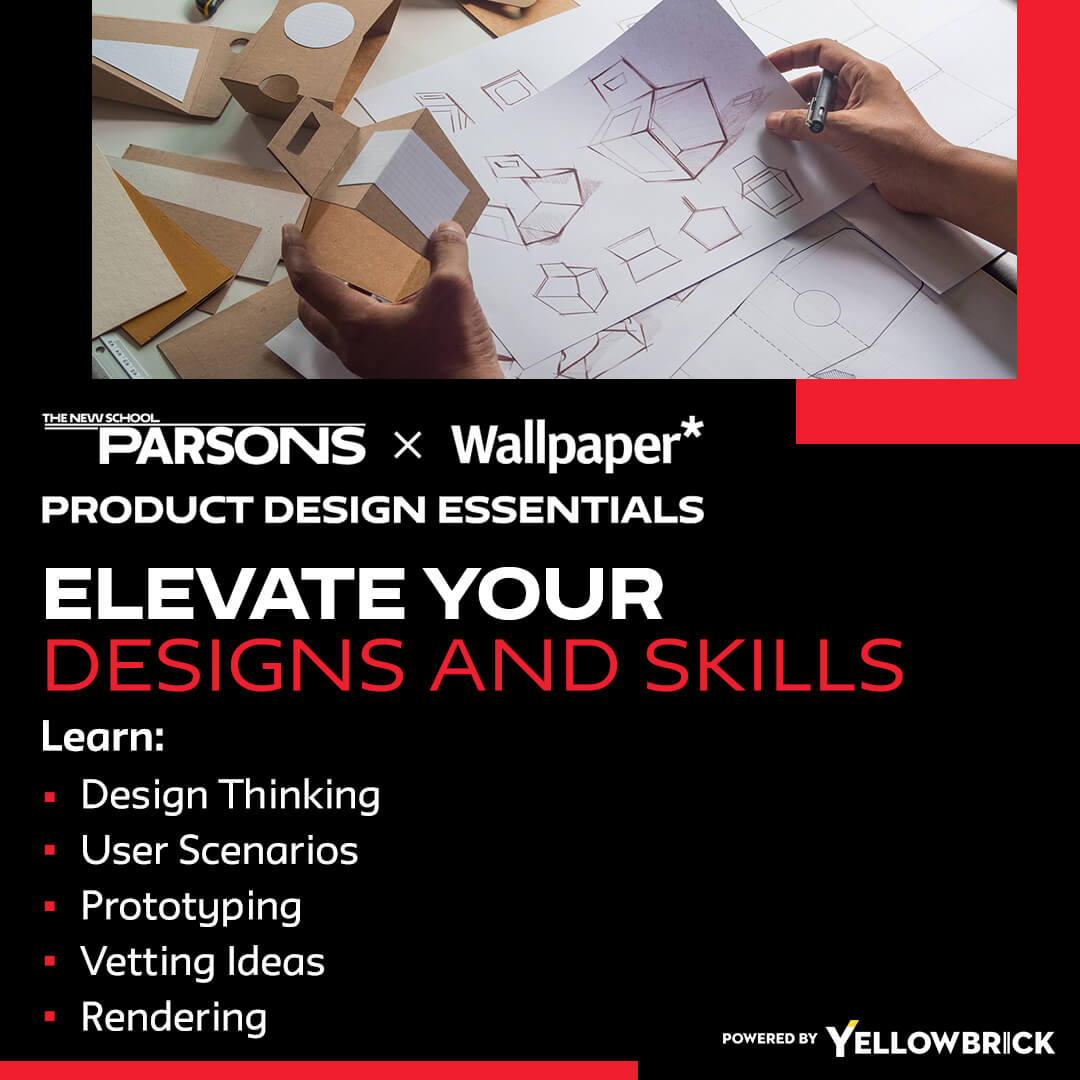Intersectionality for User Interface, UX, and Product Design

The mark of success in your online UX design education is having the ability to translate insights into designing equitable, inclusive products. It is especially important for everyone on your UI design team to be on board and in the room throughout the entire design process. This way, everyone will understand why the insights you are focusing on are important.
For visual and UX design, you should try to have a mindset of intersectional identity. What does this mean for your product? For example, let’s say you are designing a mental health product for communities of color to be matched with therapists of color. What imagery do you think about? What language would be important?
What features would such an app need to have? Let’s say some users might not speak English as a first language. These people should be able to select an option in a form that would match them with a therapist speaking their first language and thus better speaking to their needs. It is important for each feature in your UI to be implemented into wireframing, mockups, and the visual design process.
UX professionals also need to be thinking about how different people would react to the products they engage with. This is the reason why intersectionality is so important.
Continuing with our example, you are trying to make a product tailored for people of color. You have the imagery down and feel like the result is inclusive; perhaps pictures of people of color are included in the marketing materials.
However, you may test the app on a user over 60, who might not see themselves using the product. Simply saying “let me get a bunch of people of color in the materials” may exclude age, gender, or other important components of intersectional identity. To ensure that everyone truly feels seen, it is important to have each component in your mind as you design.


